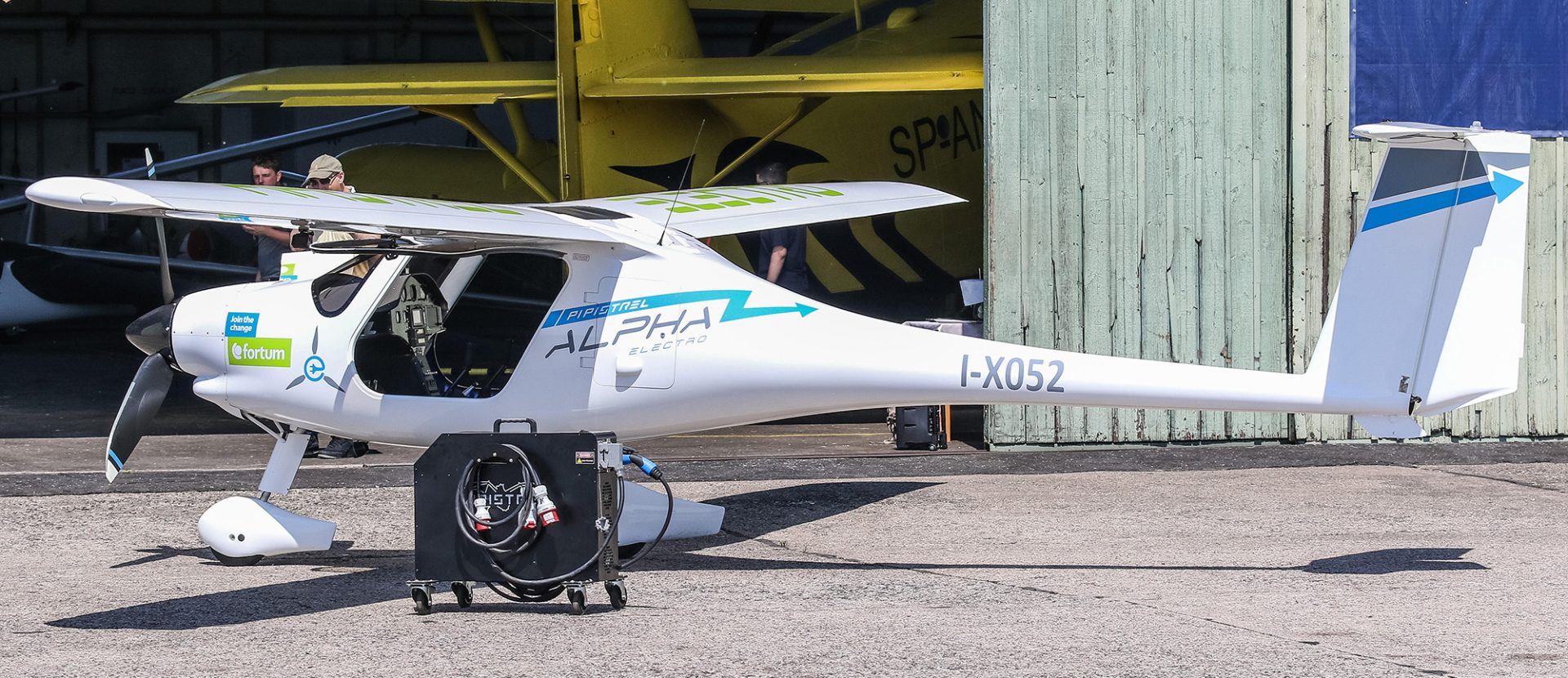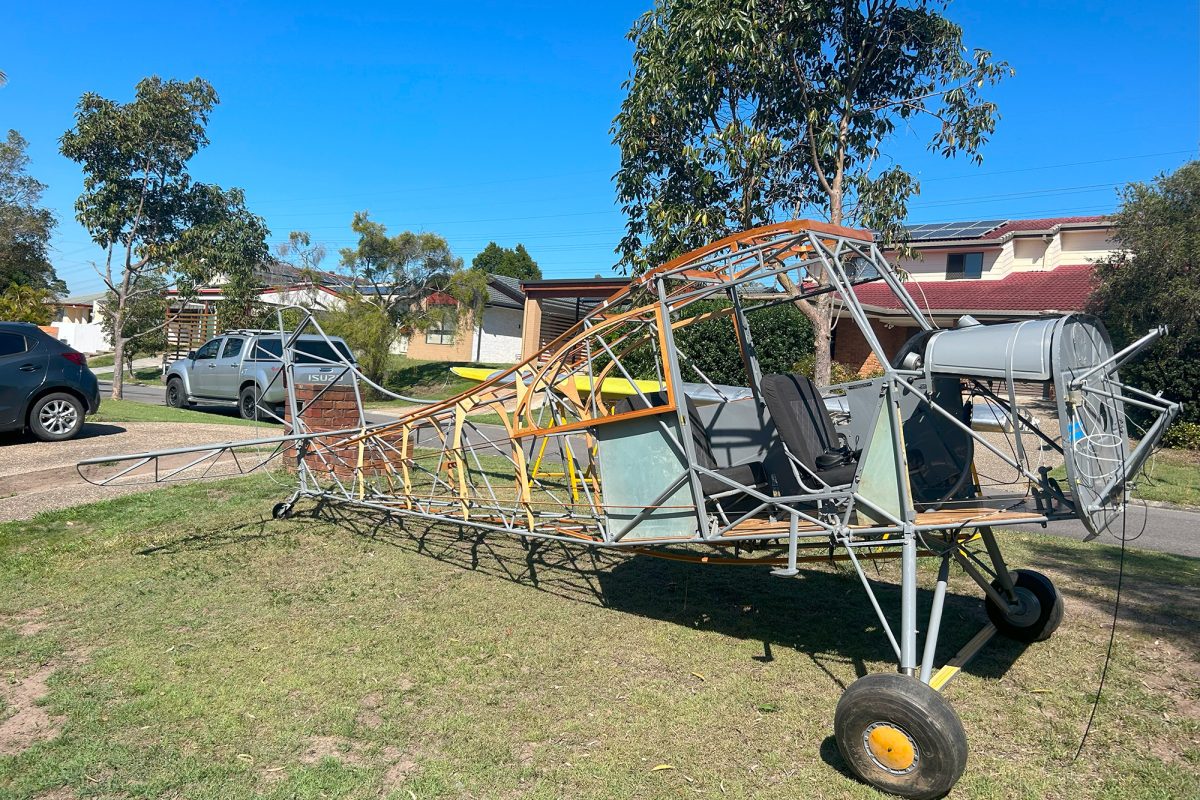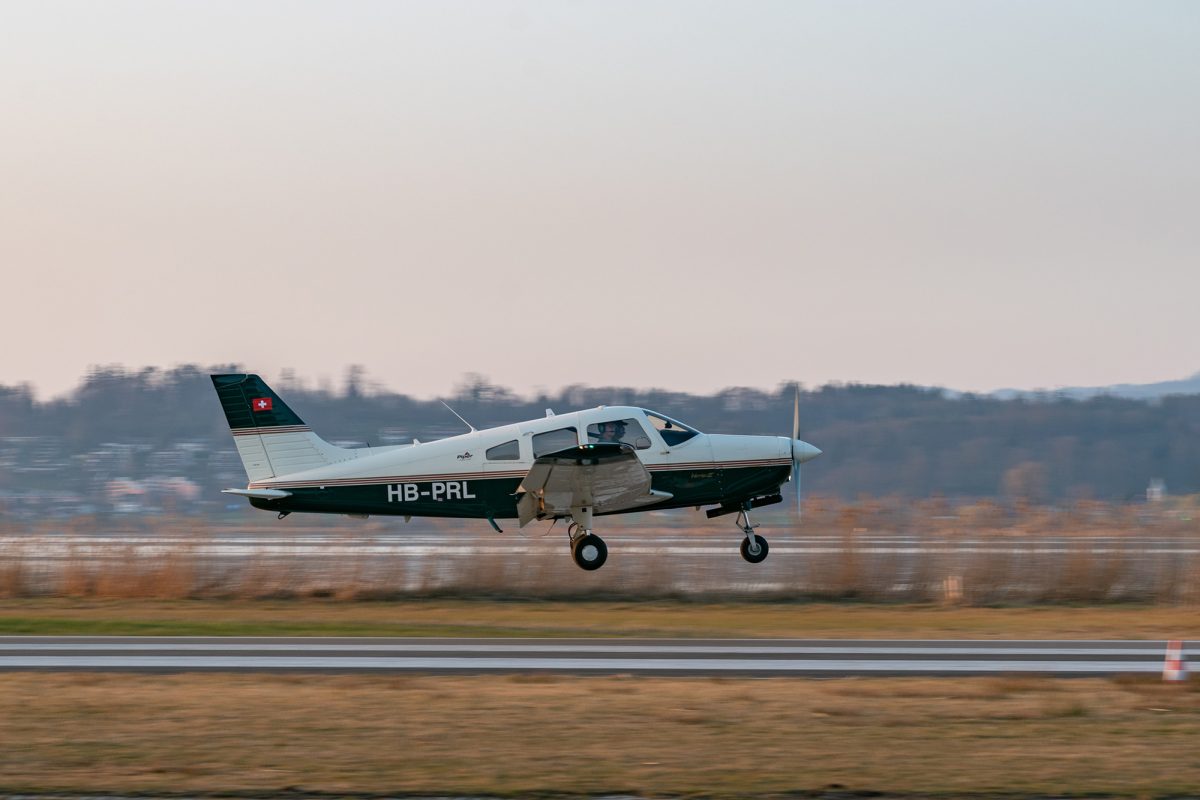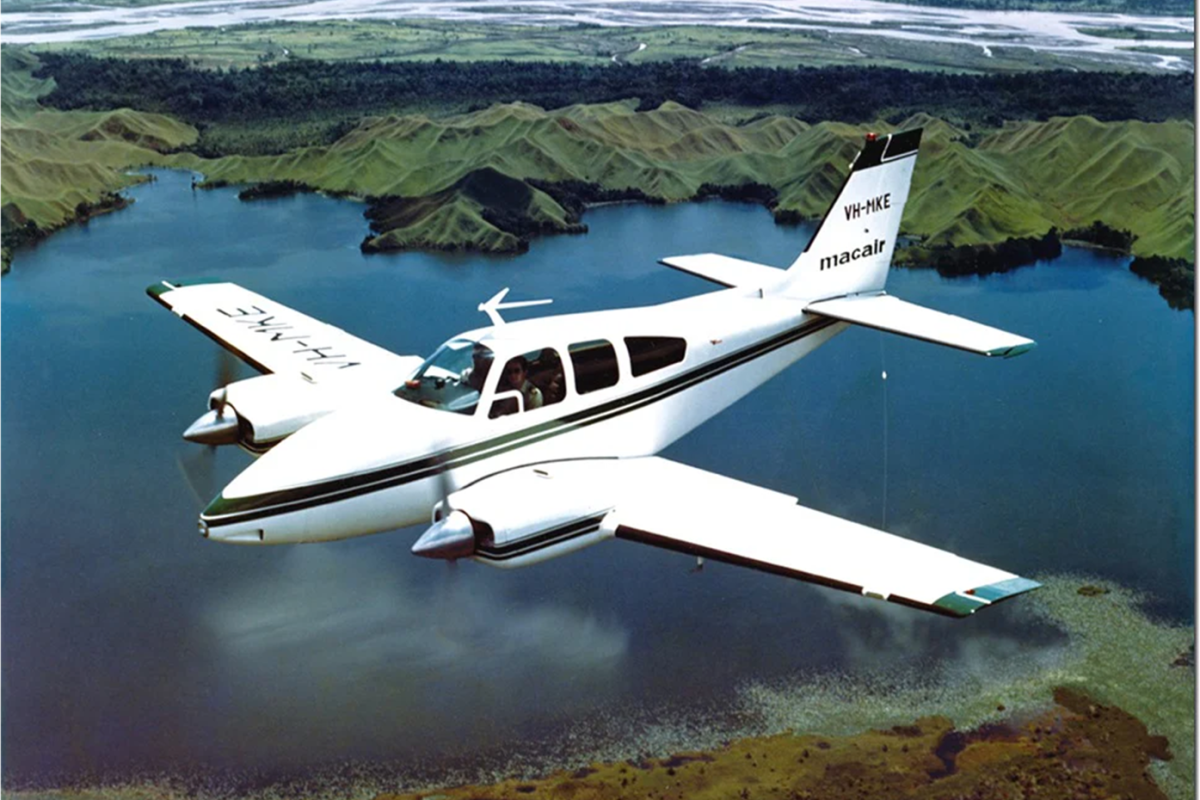Aircraft Batteries:
A Light Upgrade for Hobbyist Pilots
Batteries are an essential part of flying, especially for pilots operating lightweight aircraft. They power crucial instruments, provide backup during emergencies, and support the electrical systems that keep aircraft functioning smoothly. While leadacid and gel batteries have long been the industry standard, lithium iron phosphate (LiFePO4) batteries are emerging as a promising alternative. Offering reduced weight, enhanced performance, and greater longevity, LiFePO4 batteries can significantly impact the flying experience for pilots operating ultralight and small recreational aircraft.
The Evolution of Aircraft Batteries
The use of batteries in aviation traces back to the 19th century with the introduction of lead-acid batteries, which were widely adopted due to their reliability, affordability, and ease of manufacture. Despite their durability, they were heavy and required regular maintenance. Gel batteries improved upon this design, replacing the liquid electrolyte with a thickened gel that reduced the risk of leaks and provided better resistance to vibration—important features for aviation use.
In recent years, advancements in lithium-based batteries have changed the landscape of energy storage across industries. However, not all lithium technologies are ideal for aviation. Lithium-ion batteries, commonly found in consumer electronics, pose a fire risk due to their potential for overheating. Instead, lithium iron phosphate (LiFePO4) batteries, which are safer and more stable, have become increasingly attractive for small aircraft applications. Their light weight and consistent power output align well with the performance demands of ultralights, gliders, and light sport aircraft.
Chemistry and its Impact on Flight
The performance of a battery depends largely on its chemistry. Lead-acid and gel batteries rely on chemical reactions between lead plates and sulfuric acid, though gel models use a thickened electrolyte to minimise spillage risks. These batteries, while dependable, are heavy and require ongoing maintenance, which adds to the operational burden for pilots.
In contrast, lithium iron phosphate batteries employ a different chemistry, combining lithium, iron, and phosphate to generate energy with greater efficiency and stability. They are not only lighter but also provide more consistent voltage delivery, ensuring that avionics and other electrical systems perform reliably throughout a flight. Furthermore, LiFePO4 batteries demand little maintenance and have a longer operational lifespan, making them an appealing option for recreational pilots seeking reduced downtime.
The Importance of Weight in Light Aircraft
Weight management is critical in aviation, especially in small recreational aircraft, where every kilogram directly influences performance. Excess weight affects fuel efficiency, climb rate, and handling, so reducing weight where possible can improve the flying experience. Swapping a heavy lead-acid or gel battery for a lighter lithium iron phosphate battery can lead to better performance, increased payload capacity, and improved fuel economy. A lighter battery also gives pilots the flexibility to carry additional gear or fuel without compromising safety.
However, altering the weight of a key component like the battery requires careful planning. Replacing a heavier lead-acid battery with a lighter lithium battery shifts the aircraft’s centre of gravity, which could impact flight stability and control. Even small shifts in the centre of gravity can make a noticeable difference in how a lightweight aircraft behaves. Pilots must conduct precise weight-and-balance calculations to ensure the aircraft remains within safe operational limits.
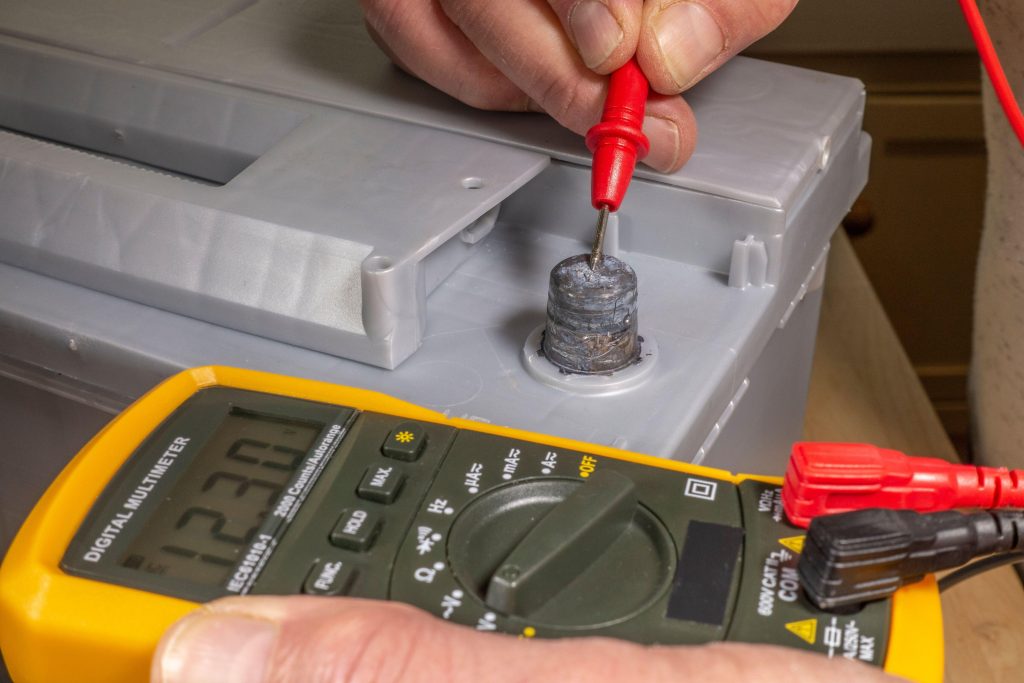
Safety Considerations with Lithium Batteries
Although lithium batteries have gathered attention for safety concerns, these concerns primarily apply to lithium-ion technology, which is prone to overheating. Lithium iron phosphate batteries, by comparison, are far more stable. They are designed to tolerate higher temperatures and are less likely to experience thermal runaway or catch fire, even under stress.
Despite these safety advantages, no battery is entirely without risk. Proper installation, regular inspections, and adherence to maintenance procedures are essential to ensuring that LiFePO4 batteries function as intended. Aircraft mechanics must follow best practices for installation, and pilots should monitor battery health over time to prevent unexpected failures.
Cost and Longevity:
Are Lithium Batteries Worth It?
While lithium iron phosphate batteries come with a higher upfront cost than lead-acid or gel batteries, they offer considerable savings over time. Traditional lead-acid batteries typically need to be replaced every few years, while LiFePO4 batteries can last five to ten years or more. Their extended lifespan and minimal maintenance requirements reduce operational costs, making them a practical long-term investment for recreational pilots.
For those who prefer flying over maintenance, lithium batteries offer significant advantages. Fewer replacements and less downtime mean more time spent in the air. Over the lifespan of the battery, these factors can outweigh the initial expense, delivering both financial and practical benefits.
Regulatory Considerations:
Compliance with Australian Aviation Rules
In Australia, aircraft modifications, including battery upgrades, must comply with Civil Aviation Safety Authority (CASA) regulations. For certified aircraft, switching to a lithium iron phosphate (LiFePO4) battery requires recalculating the center of gravity (CG) and updating weight-and-balance records. Approval from a CASA-authorised maintenance organisation (AMO) or licensed aircraft maintenance engineer (LAME) may be needed, and some changes may require a Supplemental Type Certificate (STC) or engineering order.
Pilots under Recreational Aviation Australia (RAAus) or operating experimental aircraft enjoy more flexibility, but must still ensure modifications align with safety guidelines. Updated weight-and-balance records are essential to maintain safe handling. Proper installation, inspection, and monitoring of lithium batteries are crucial. Adhering to these regulations ensures compliance and safe operations, allowing pilots to benefit from advanced battery technology confidently.
The Future of Aviation Batteries
Battery technology continues to evolve, with solid-state batteries showing promise as the next breakthrough. These batteries, which use solid electrolytes instead of liquid, offer higher energy density, improved safety, and longer lifespans. Though still in development, they represent a glimpse into the future of aviation power systems. As these new technologies mature, they may further revolutionise the way aircraft store and use energy.
For now, lithium iron phosphate batteries offer the best combination of weight savings, performance, and safety for pilots looking to upgrade from traditional lead-acid or gel batteries. Their accessibility and proven advantages make them a compelling option for recreational pilots eager to enhance their flying experience.
Switching to lithium iron phosphate batteries can unlock meaningful benefits for pilots flying ultralights, gliders, and small sport aircraft. The reduction in weight translates into better handling, improved fuel efficiency, and increased payload capacity, while the longer lifespan reduces maintenance requirements and downtime. Though the initial cost of these batteries may seem high, the long-term savings and enhanced performance make them a worthwhile investment.
